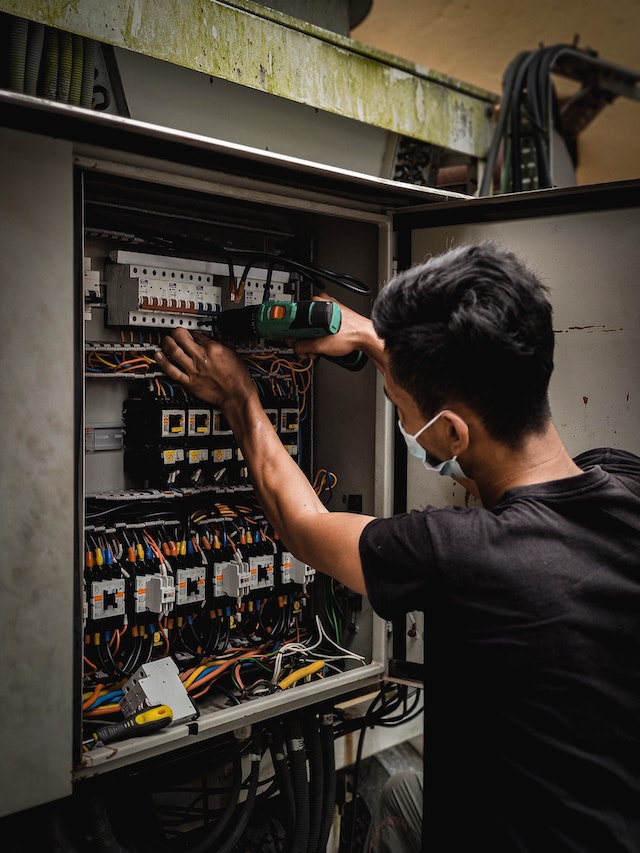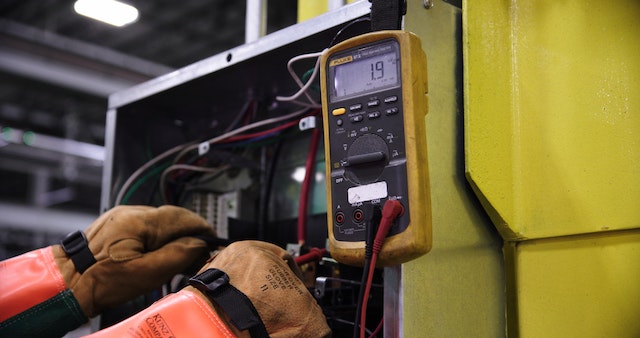Emerald Small Bathroom Remodel Works
(813) 200-7657
Get a free quote
Bathroom Wiring

This is an excerpt from the Book called ” Creative Homeowner Affordable bathroom Upgrades “ . Continue reading to learn more about Bathroom Wiring, thanks to the author.
Understanding Bathroom Wiring
If you plan to add lights, a heater, a vent fan/light combo, radiant heating, or other electrical service, take the time to learn about your bathroom wiring. That means gaining a basic understanding a general household wiring as well.
Working Safely
Safety is consideration number-one when working with wiring. Even a split-second mistake can result in injury or, worse, death. Now that you’re sufficiently sacred, we should add that by taking careful precautions, you can work safely on your wiring.
Get to know the electrical service-entrance panel. This is where you come to shut off power before working on your wiring. Keep the area clear so that it is easy to get access to, and have a flashlight nearby. There should be a helpful chart telling which circuits operate which rooms and services; if not, take the time to make one. Before working on a circuit, go to the service panel; open its door; and flip off the circuit breaker. Then use a voltage director to test that power is off. Place a sigh on the panel telling family members not to turn the breaker back on until you are finished working.
The Service–Entrance Panel
The main service-entrance panel is the distribution center for household electricity. It is shown on the opposite page with the cover removed (something you need do only when installing a new circuit). Incoming red and black hot wires connect to the main breaker and energize the individual “branch” circuit breakers that are snapped into place. Hot (black, red, or colored) wires connected to the various circuit breakers carry electricity to appliances, fixtures, and receptacles throughout the house. White and bare-copper (or green) wires connect to the neutral and grounding bys bars, respectively.
Loading Circuits
Branch circuit breakers are safety devices that shut off power when the circuit is overloaded-meaning that there is too much electrical demand. Which causes wires to overheat dangerously. It is important that no circuit is overloaded. When adding new service or replacing one electrical device with another that uses more power. You should do some calculations to be sure that the new wattage or amperage will not be too much.
Some electricity basics: The force running through all household wires as the same-120 volts. (Bathrooms usually have only 120-volt circuits; 240-volt circuits are used for high-energy users such as large heaters, ovens, cook tops, and the like.) But different fixtures and appliances use different amounts of power. Watt-age (or watts) refers to the amount of power an electrical device consumes. Amperes (amps) describes the capacity of the wires. Thicker wire can handle more amps, and thus more watts. Bathroom circuits are almost always either 15-amp, and connected to 14-gauge wire, or 20-amp, supplied by thicker 12-gauge wire.

Fixtures and appliances have labels that give an energy-use rating in terms of either watts or amps. The basic calculation is: amps Χ volts=watts. A 120-volt, 15-amp circuit has a total capacity of 15 amps, or 1,800 watts; a 120-volt, 20-amp circuit has a total capacity of 20 amps, or 2,400 watts. But electrical codes require that electrical users not exceed “safe capacity,” Which is 80 percent of total capacity. That means a 15-amp circuit should supply no more than 12 amps, or 1,440 watts, and a 20-amp circuit should supply no more than 16 amps, or 1,920 watts.
To calculate whether a circuit will be overloaded or not, and up all of the electrical users-including appliances plugged into receptacles-in terms of watts or amps. For instance, if a 20-amp circuit supplies light fixtures that use a total of four 100-watt bulbs (400 watts), plus a vent fan rated at 2 amps (2 Χ 120=240 watts), and it supplies a receptacle that often services a hair dryer rated at 1,800 watts, then using the hair dryer wit all of the lights and the fan on will pull 2,440 watts-which will overloaded the circuit. (You may want to find a more energy-efficient hair dryer.)
If you want to install a wall heater or other high-use appliance, run the numbers to see whether you can piggyback on an existing circuit or not. If not, you’ll need to install a new circuit.

Also called the circuit-breaker panel, the main service entrance panel (SEP) is the distribution center for the electricity you use in your home. Incoming red and black hot wires connect to the main breaker and energize the other circuit breakers that are snapped into place. Hot (black or red) wires connected to the various circuit breakers carry electricity to appliances, fixtures, and receptacles throughout the house. White and bare-copper wires connect to the neutral and grounding bus bars respectively.